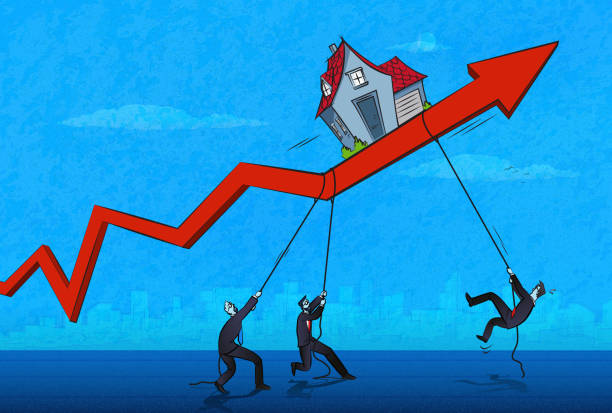According to a survey of 1 000 participants carried out earlier this year, only 73% of urban Romanians actually own their homes – well below the 95% figure commonly cited by official sources. The survey also reveals that the appeal of buying property has waned, dropping from roughly 44% in past years to 35% in 2025, a shift largely attributed to climbing property costs and tougher borrowing criteria.
Additionally, just 6% of those not currently renting intend to move into rental housing, a decrease from about 10% in previous periods. The shortage of new housing stock combined with increased expenses has transformed renting from a short-term fix into a sustainable medium-term alternative. At the same time, renters are becoming more discerning, increasingly seeking contemporary, fully equipped homes that offer extra conveniences, which underscores a significant evolution in the residential market.
In a landscape where homeownership is predominant, only 11% of urban residents live in rental properties, with this figure climbing to 15% in major cities – a sing of a growing acceptance of renting, partly due to a more balanced cost comparison between renting and buying. Nationwide, 16% of city dwellers reside with family or friends without owning a home or paying rent, reflecting both financial pressures and a cultural inclination toward shared living arrangements.
While owning a home continues to be a primary aspiration for many Romanians, the combination of decreasing affordability in central areas and constrained access to credit has led to a drop in purchase plans. Meanwhile, the scarcity of new housing developments and a reduction in construction projects have spurred price hikes, further damping buying interest. In this environment, renting is increasingly viewed not as a fall-back option but as a practical mid-term strategy. Renters now consider this choice a means to access larger or more strategically located living spaces that might otherwise be out of reach.
“This shift is reshaping market expectations – from the demand for modern, fully furnished units to the need for extras like parking and proximity to transit and local amenities.“
For Romanians looking to invest, the housing market remains attractive as a secure avenue for long-term capital preservation and growth, even as alternative investment options see limited interest due in part to low financial literacy.
Although residential property values have steadily increased over the past decade, this upward trend should not be assumed as a universal guarantee. Each investment decision should be made on its individual merits rather than based on broad market patterns. Affordability varies markedly by location, with a growing disparity between centrally located properties and those on the periphery. Developers are increasingly focusing on metropolitan areas where the price-to-income ratio is more favourable, yet in large cities, steep costs continue to hinder home purchases in prime central districts.
As market conditions evolve, both buyers and renters are adapting their strategies. With fewer centrally located new-build properties and higher prices, renting in proving to be a compelling short-medium term solution. However, should interest rates decline and the difference between rental costs and property prices narrow, there is potential for a gradual resurgence in homebuying.
The housing market is delicately balanced between demand and affordability, with purchasing decisions influenced by a mix of economic factors and personal circumstances. It is crucial to weigh each option carefully in light of available resources and long-term goals, given that Romania has one of the highest overcrowding rates in the EU.



